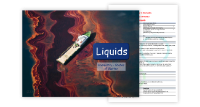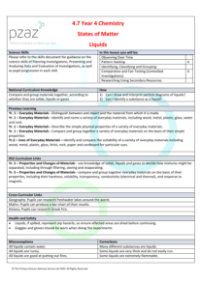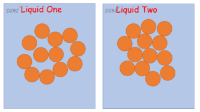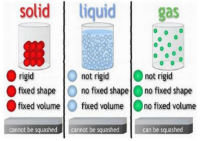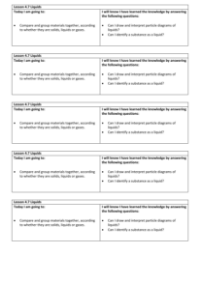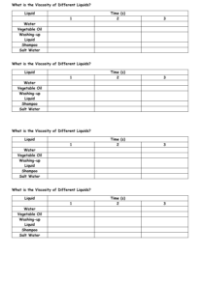Liquids - Presentation
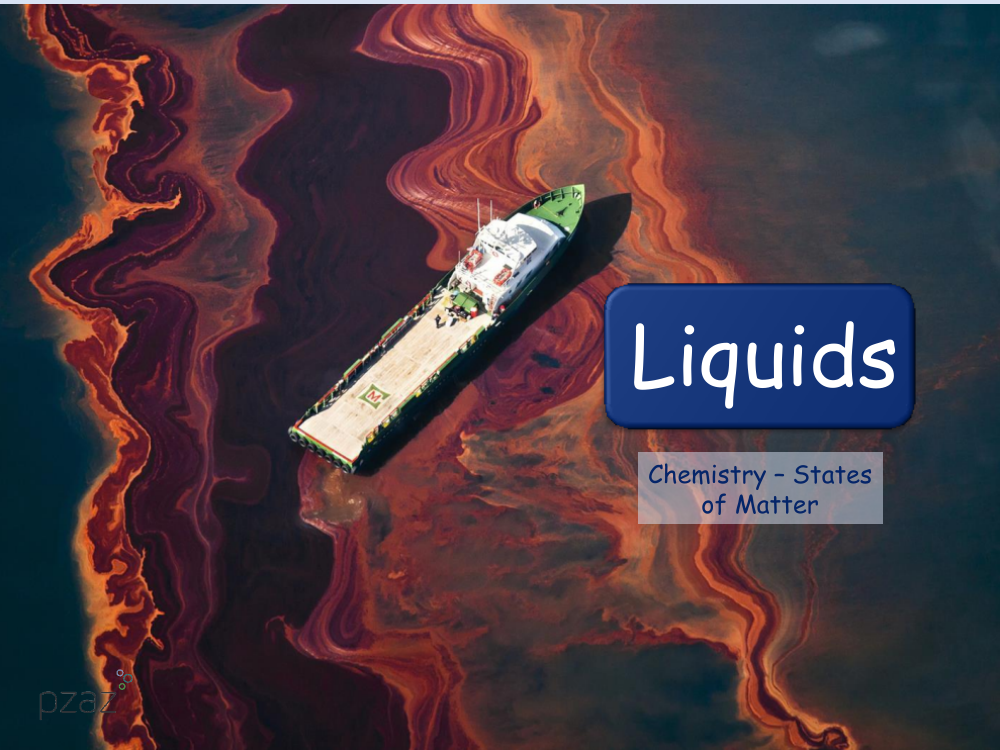
Science Resource Description
The educational presentation on liquids is a part of a Chemistry module focusing on the States of Matter. It aims to teach students how to draw and interpret particle diagrams of liquids, as well as how to identify a substance as a liquid. The presentation includes a narrative about an oil spill in the Gulf of Mexico, which serves as a real-world example to explain concepts such as density and viscosity. Through the story, students learn that density is defined as the mass of a substance within a given volume, and this property determines why oil floats on water, as it is less dense than saltwater. The presentation encourages curiosity and hands-on learning by suggesting an experiment with honey to explore these properties further.
Moreover, the presentation delves into the concept of viscosity, explaining that it is the measure of a liquid's thickness or resistance to flow. Students are presented with questions to help them understand how viscosity affects the behavior of different liquids and to recognize that in more viscous liquids, particles are packed closer together. Interactive elements such as ordering liquids by viscosity and observing the effects of soap on milk particles aim to engage students in the learning process. The presentation concludes with activities that challenge students to draw particle diagrams of liquids and differentiate them from those of solids and gases, reinforcing their understanding of the physical properties that define liquids.
